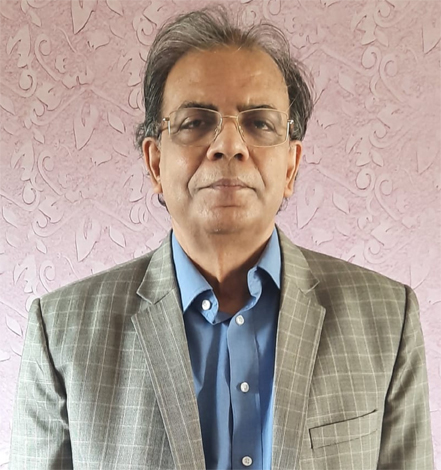
India has finally taken a stand on Retrospective Tax which had damaged India's reputation considerably amongst a certain group of investors. Scrapping it is one part of the issue, the second important aspect of it is the signal that is being sent out. India is serious about ease of doing business. There is also an implicit assurance that the Indian Tax pattern is becoming more predictable. All these contrib-ute to the attribute of ‘ease of doing business’; where India’s ranking has gone up considerably in recent years.
All the brouhaha apart, India’s confirmatory actions have improved her ranking from 142 in 2014 to 63 in 2020 amongst 190 countries. It is a matter of pride that India has been one of the top ten performers for three years in a row. This should work in our favour when we try to follow a strategy for shifting some of the supply chains to India. Supply chain switch by international companies is an involved topic and is beyond the scope of the current write up.
This is not to suggest that ease of doing business alone can attract investors. Basically, ease of doing business is a necessary condition. Investors will select a place based on the kind of industry they are operating in, the old adage that, ‘be closer to the market or closer to the inputs’ including human resources used to make a lot of sense in traditional industries. However, the pandemic experience has shown that in a digitised world, people can work from across the globe, even from home; distance is not that much of a barrier. The government has to be futuristic enough to provide the required infrastructure for the emerging industries. In other words, ‘ease of doing business’ in future may require a different kind of an orientation.
So far as India is concerned there are three levels of decision making that an investor has to contend with; these include Central regulations, State level compliances and local level permissions. Central Government through a scheme of additional borrowing facilities for States, has got at least twenty states on board to introducing reform measures. The real problem is at the local level with block committees and panchayats. Many a time entire projects had to be dropped due to a lack of congruence in the thinking between State and local power blocks.
However, there are other areas where improvements are eagerly awaited. One key issue which every enterprise faces in India is the enforcement of contracts, it is by now well known that to solve a commercial dispute in India, takes around four years on an average. In Singapore, it takes less than six months- to be precise, one hundred and sixty-four days on an average. It is not surprising that when one looks at the index of contract enforcement our rank is 163. Obviously, the question arises why is it so? Some have suggested we have limited judicial infra-structure, this concept of infrastructure needs a certain degree of elaboration. It includes not only premises and buildings but also the number of judges. Second-ly, is it possible to improve the productivity by application of digital technology across the board? Thirdly, it may be worthwhile to have a time-bound principle for the resolution of enforcement of contract cases, if the cost of enforcing a con-tract is more than the cash flow that can be generated from such a contract, then it does not make commercial sense. Improvements in this area are urgently required, many have suggested that pre-trial deliberation and arbitration can play a significant role.
The time has come to realise that without judicial and legal reform, economic re-form will be stymied. Investors prefer predictability, that may be in the area of tax laws, commitments government had given in terms of infrastructure and their contractual obligations; secondly, speed is also important particularly when leveraging is high; so there has to be a certain amount of stability in the process if we want to be a viable player in the global supply chain.
Siddhartha Roy is the former Economic Advisor of the Tata Group. Currently he is the CEO of SR Associates an Economic Advisory and Strategic Consultancy enterprise.
Disclaimer: The opinions expressed in this article are the personal opinions of the author. The facts and opinions appearing in the article do not reflect the views of Indiastat and Indiastat does not assume any responsibility or liability for the same.
"Events Spark Job Creation Across India’s Local Economies"... Read more